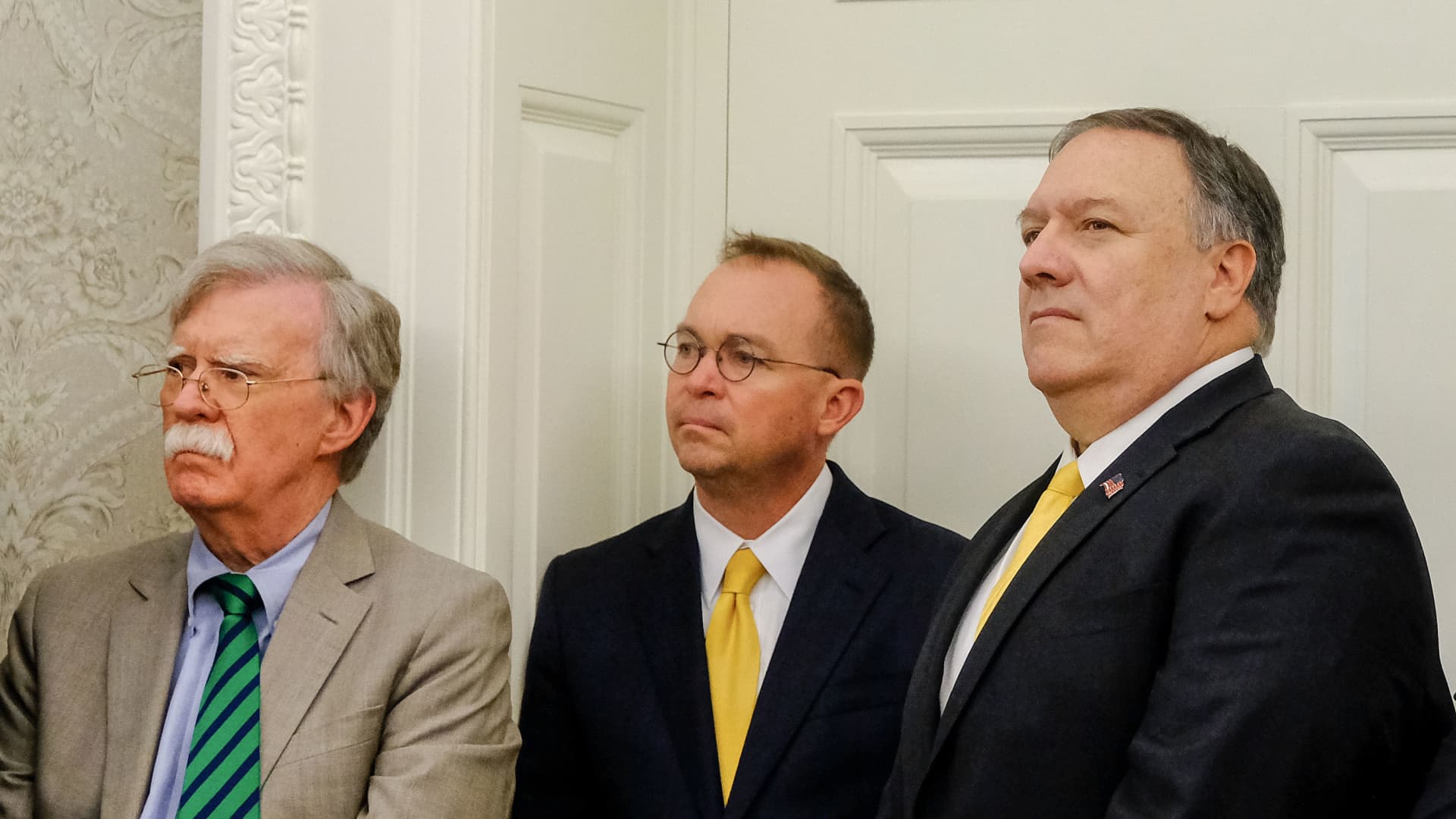The U.S. dollar has seen a notable decline in value against a basket of major currencies, following reports that the Trump administration is contemplating the introduction of gradual tariffs on imports. This news has sparked a wave of speculation and concern among investors, market analysts, and economists, as the potential for new tariffs could significantly alter the landscape of international trade and economic relations.
The discussions surrounding the implementation of gradual tariffs are reportedly part of a broader strategy by the Trump team to address trade imbalances and protect domestic industries. While the specifics of the proposed tariffs remain unclear, the mere suggestion of such measures has already begun to influence market sentiment. Investors are closely monitoring the situation, as any changes in trade policy could have far-reaching consequences for the U.S. economy and its trading partners.
The dollar’s decline can be attributed to a combination of factors, including the uncertainty surrounding the potential tariffs and the overall market reaction to the news. Currency traders often react swiftly to changes in trade policy, as tariffs can lead to increased costs for imported goods, which in turn can affect inflation rates and consumer spending. As the dollar weakens, it may also impact the competitiveness of U.S. exports, making them more attractive to foreign buyers but potentially increasing the cost of imports.
Market analysts have noted that the timing of these discussions is particularly critical, as the global economy continues to navigate the challenges posed by the COVID-19 pandemic. Many countries are still recovering from the economic fallout, and any new tariffs could exacerbate existing tensions in international trade. The prospect of gradual tariffs raises questions about the future of U.S. trade relations, particularly with key partners such as China, the European Union, and Canada.
In addition to the immediate effects on currency values, the potential for gradual tariffs could also influence broader economic indicators. For instance, if tariffs lead to higher prices for imported goods, consumers may face increased costs, which could dampen consumer spending and slow economic growth. Conversely, if the tariffs are perceived as a means to protect American jobs and industries, there may be some short-term support for the dollar as domestic production is bolstered.
The response from foreign markets has also been noteworthy. As the dollar weakens, other currencies may strengthen, leading to shifts in investment strategies and capital flows. Investors may seek to diversify their portfolios in response to the changing dynamics of currency values, which could further impact the dollar’s performance in the coming weeks and months.
In light of these developments, it is essential for stakeholders to remain vigilant and informed about the evolving situation. The potential for gradual tariffs is just one aspect of a complex and interconnected global economy. Policymakers, businesses, and consumers alike must consider the implications of such trade measures and how they may affect economic stability and growth.
As discussions continue within the Trump administration regarding the specifics of the proposed tariffs, market participants will be looking for clarity and direction. The uncertainty surrounding trade policy can create volatility in financial markets, and the dollar’s performance will likely remain a focal point for investors as they assess the potential risks and opportunities.
In conclusion, the recent decline of the U.S. dollar in response to reports of gradual tariffs being considered by the Trump administration highlights the intricate relationship between trade policy and currency values. As the situation develops, it will be crucial for all stakeholders to monitor the implications of these potential changes on the broader economy and international trade relations. The evolving landscape of trade policy will undoubtedly continue to shape market dynamics and influence economic outcomes in the months ahead.



